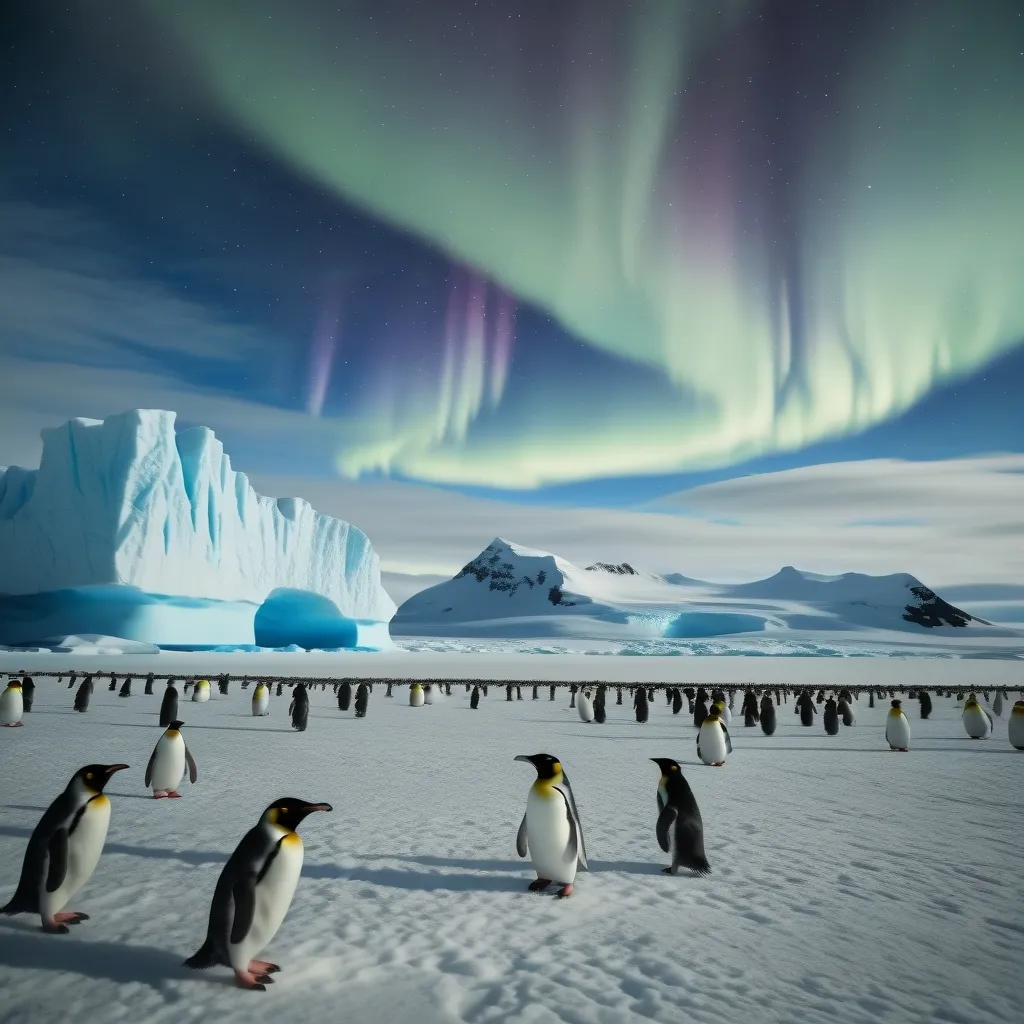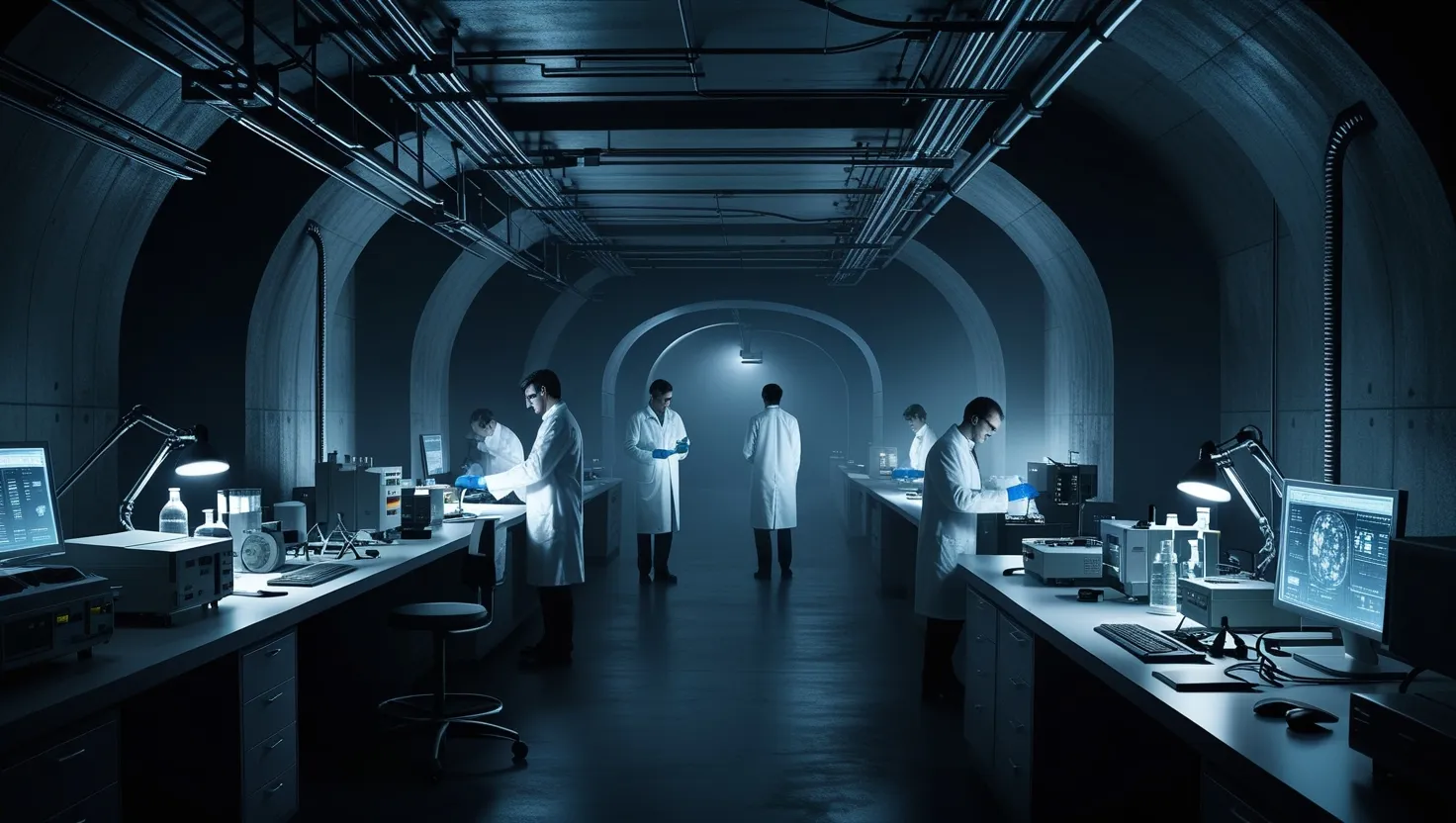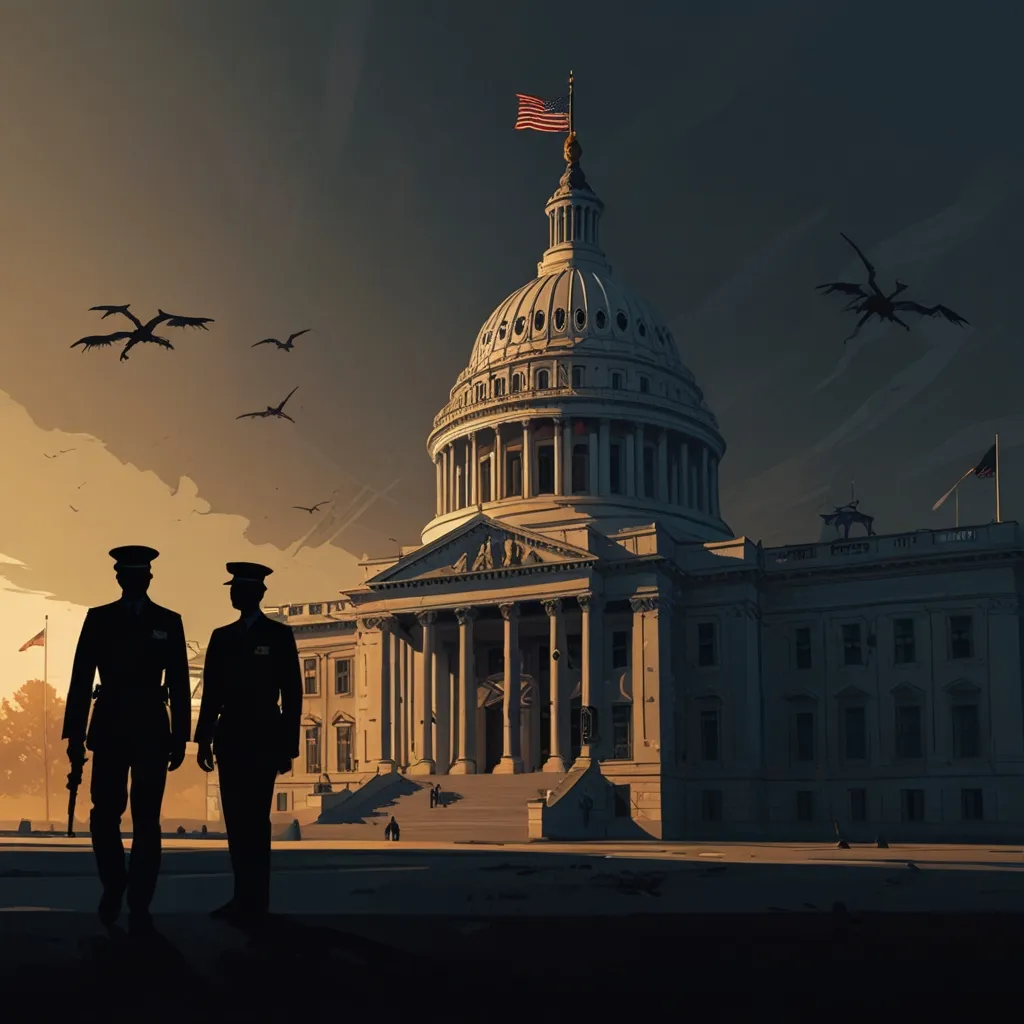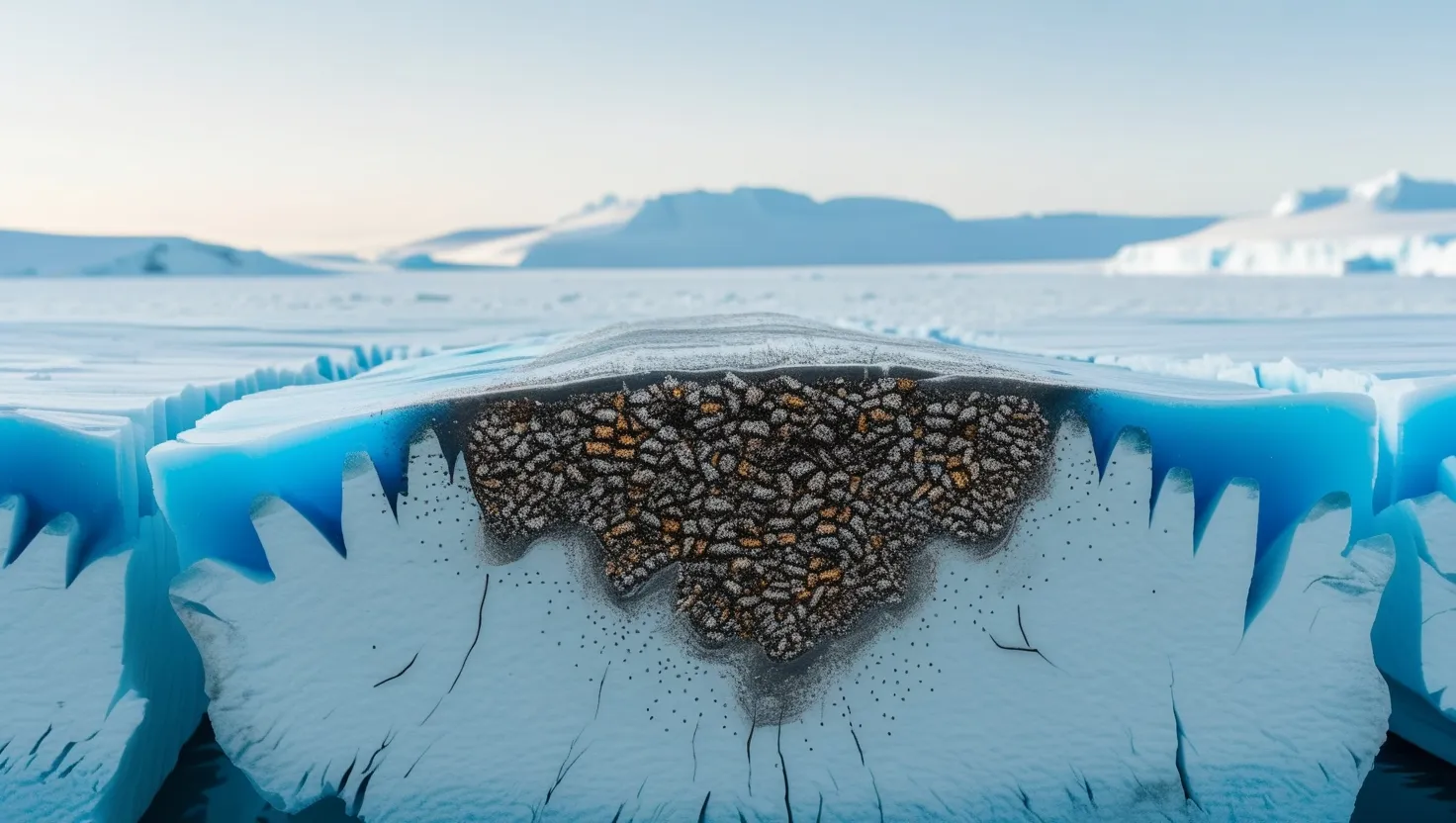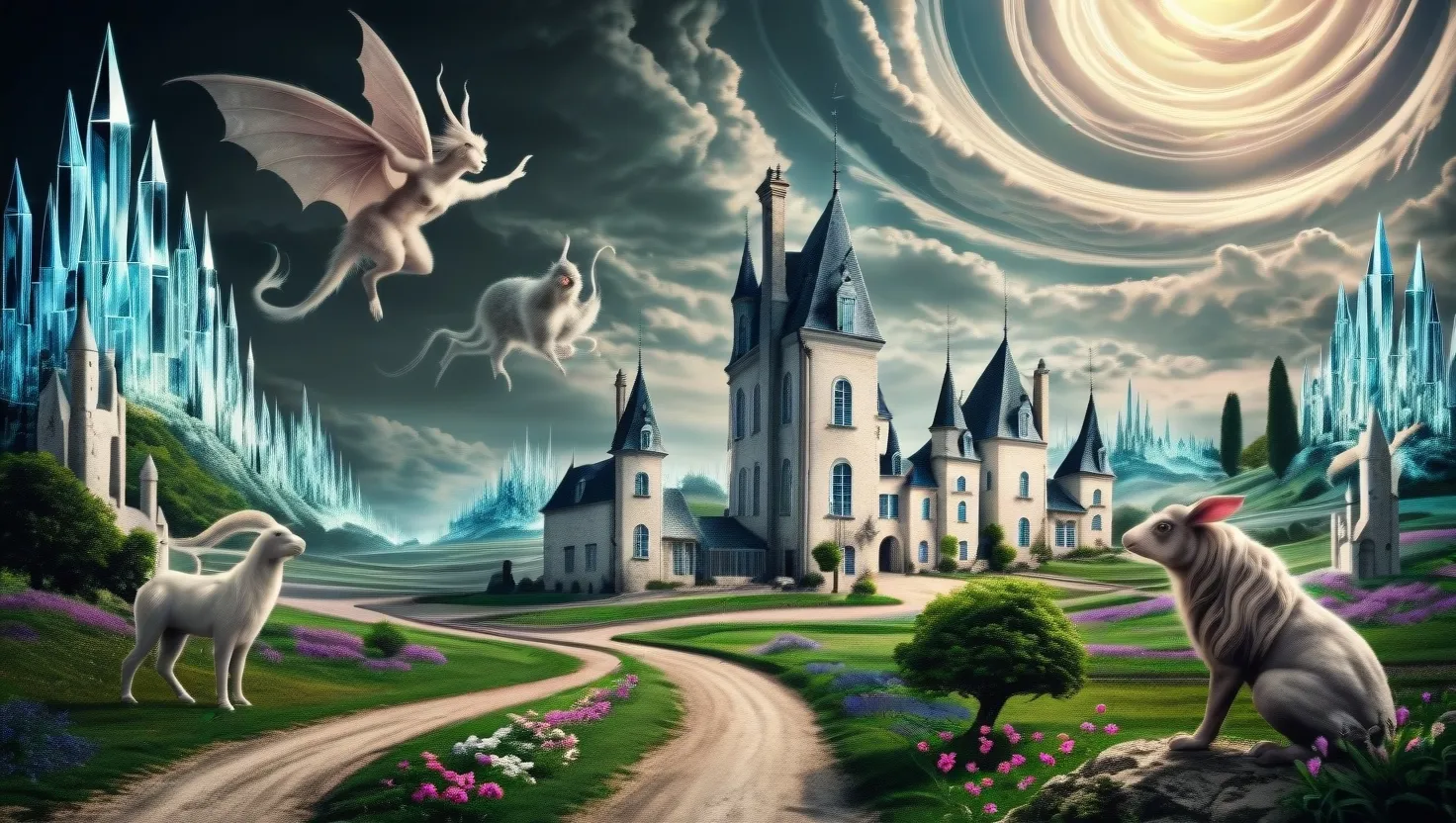Antarctica: Frozen Secrets and Ancient Mysteries
Antarctica, the icy behemoth at the bottom of our world, has always been a source of wonder and intrigue. It’s a place where reality often seems stranger than fiction, and where the line between scientific discovery and wild speculation can sometimes blur. But what’s really going on down there? Let’s dive into the frozen depths and see what we can uncover.
First off, let’s talk about what Antarctica used to look like. Believe it or not, this frozen wasteland was once a lush, green paradise. Scientists have found evidence of ancient river systems and plant life buried deep under the ice. We’re talking about a landscape that’s over 34 million years old, preserved like a prehistoric time capsule. It’s mind-blowing to think that this barren ice desert was once teeming with life.
But here’s where things get really interesting. Some folks believe that there might have been more than just plants down there. They think there could have been an entire civilization hidden beneath the ice. Now, before you roll your eyes, let’s look at some of the evidence they point to.
One of the most famous pieces of “proof” is the Piri Reis map. This old map from 1513 shows the coastline of South America with incredible accuracy. But what’s really got people talking is that it also seems to show Antarctica… without any ice. How could a 16th-century cartographer know what Antarctica looked like under all that snow and ice?
Well, the truth is, he probably didn’t. Most experts think the map-maker was just guessing based on the popular idea at the time that there had to be a big landmass in the south to balance out all the land in the north. It’s a cool coincidence, but not exactly smoking gun evidence of a lost civilization.
But what about those mysterious pyramids people claim to have spotted? Sorry to burst your bubble, but those are probably just mountains. Antarctica is full of weird geological formations that can look pretty strange from certain angles. And trust me, if there were actual pyramids down there, scientists would be all over that faster than you can say “King Tut.”
Now, let’s talk about those ice cores. These frozen time capsules have given us a pretty clear picture of Antarctica’s climate history. And let me tell you, it’s been cold down there for a long, long time. We’re talking at least 15 million years of continuous ice coverage. That’s way longer than humans have even been around. So unless our ancient ancestors were polar bears in disguise, it’s pretty unlikely they were building civilizations in Antarctica.
But wait, what about all those stories of secret government bases and restricted areas? Surely they must be hiding something, right? Well, here’s the thing about Antarctica - it’s a harsh, unforgiving place. There are plenty of areas that are off-limits simply because they’re too dangerous to explore. And yes, there are research stations and military outposts down there. But they’re not exactly Area 51. They’re just trying to study the ice and keep an eye on things.
Speaking of things to keep an eye on, let’s talk about volcanoes. Yep, you heard that right. Antarctica has volcanoes. And not just dormant ones - we’re talking active, steaming volcanoes surrounded by ice caves. It’s like something out of a sci-fi movie. These caves are warm enough that they could potentially support life. But we’re talking about microbes, not lost civilizations.
Now, I know what you’re thinking. “But what about that crew that saw a giant hole in the ice and was told to keep quiet about it?” Look, I’m not saying weird things don’t happen in Antarctica. It’s a strange place. But more often than not, there’s a logical explanation. That hole in the ice? Probably a natural feature caused by the extreme conditions down there. No need to call in the Men in Black.
Here’s the thing about Antarctica - the reality is often just as fascinating as the myths. We’re talking about a continent that’s almost entirely covered in ice, with mountains taller than the Alps hidden underneath. There are lakes buried under miles of ice that haven’t seen the light of day for millions of years. Who knows what kind of bizarre life forms might be swimming around down there?
And let’s not forget about the penguins. These tuxedo-wearing waddlers are like the official mascots of Antarctica. They’ve adapted to survive in one of the harshest environments on Earth. If there were any ancient civilizations down there, they’d probably have been wiped out by an army of hungry penguins long ago.
But seriously, the scientific discoveries coming out of Antarctica are mind-blowing enough without adding lost civilizations to the mix. Researchers are uncovering new insights about climate change, discovering new species, and even finding meteorites that can tell us about the early solar system.
And here’s a fun fact for you - Antarctica is actually a desert. It’s the largest desert in the world, in fact. It barely gets any precipitation, which is why the ice there is so old. It’s like a giant, frozen time capsule of Earth’s climate history.
Now, I know some of you might be disappointed that we’re not uncovering evidence of ancient aliens or lost cities. But think about it this way - isn’t it amazing enough that there’s an entire continent out there that’s almost completely untouched by humans? In a world where we’ve explored every nook and cranny, Antarctica remains one of the last true wildernesses.
And who knows? Maybe there are still secrets waiting to be discovered down there. Not hidden civilizations or government conspiracies, but natural wonders that we haven’t even imagined yet. The ocean beneath the ice shelves, for example, is still largely unexplored. What kind of bizarre creatures might be living down there?
In the end, the real mystery of Antarctica isn’t about what might be hidden under the ice. It’s about how this frozen continent affects the rest of our planet. The ice sheets of Antarctica play a crucial role in regulating Earth’s climate. As they melt due to global warming, they could dramatically change weather patterns and sea levels around the world.
So while we might not find any lost civilizations in Antarctica, studying this icy continent could be the key to preserving our own civilization. And isn’t that a mystery worth solving?
In conclusion, Antarctica remains one of the most fascinating places on Earth. It’s a land of extremes, where nature reigns supreme and humans are just visitors. While the idea of lost civilizations and government cover-ups might be exciting, the truth about Antarctica is even more incredible. It’s a place where we can see the history of our planet written in ice, where life finds a way to survive in the harshest conditions, and where the future of our climate may be decided.
So the next time you hear a wild theory about what’s hidden in Antarctica, take it with a grain of salt (or should I say, a chunk of ice?). But don’t let that dampen your enthusiasm for this amazing place. Because the real secrets of Antarctica - the ones that scientists are uncovering every day - are more than enough to keep us wonder-struck for generations to come.
